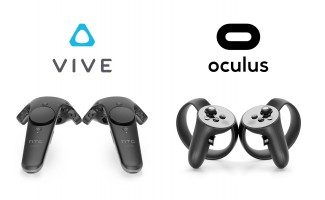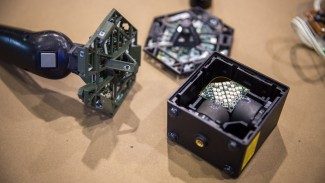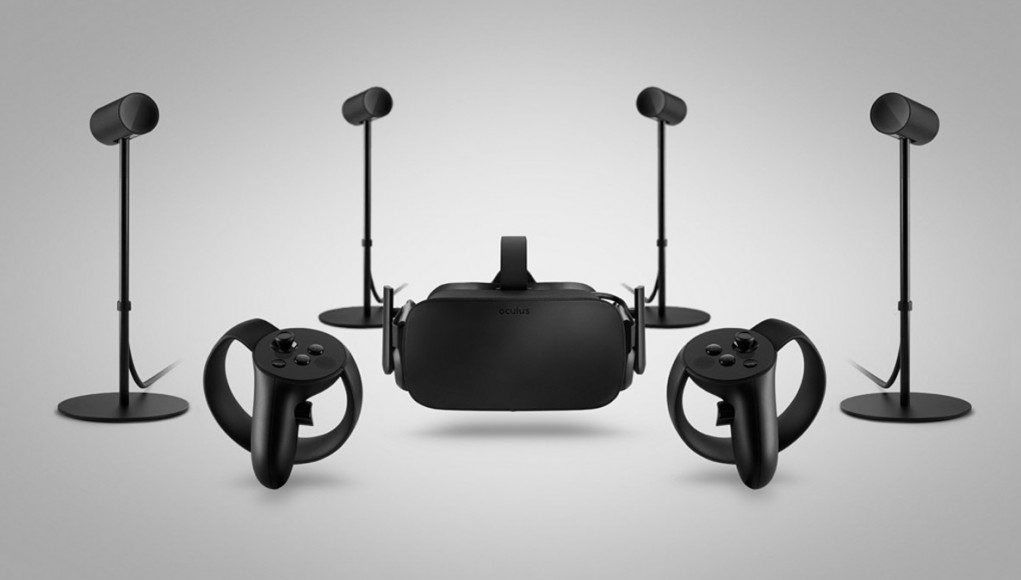A recent update to Oculus Home has enabled support for tracking the Rift and Touch with up to four trackers, enabling robust coverage of a roomscale space.
While Oculus doesn’t officially support ‘roomscale’ experiences like those on the HTC Vive, a new update to the Oculus Home software will be a boost for those wanting to use their Rift with Steam’s roomscale games.

Steam supports the Oculus Rift, but due to tracking by only a single ‘Sensor’ (the camera which Oculus uses for tracking)—and lack of VR motion controllers—few of the Steam VR games which technically support the Rift make much sense to play with anything but the Vive.
As Oculus Touch is working its way into the hands of developers and approaching its launch in Q4 of this year, an update to the Oculus Home software now allows users to connect up to four tracking cameras which can simultaneously track the headset and Touch controllers. Since Steam’s support of Oculus relies on the same software, it too can now see and utilize all four trackers.
Above, YouTube channel Reality Check VR demonstrates four trackers in action with Oculus Touch through Steam.
More trackers means more robust tracking through protection against occlusion (where a tracked device loses line of sight to the trackers). It could also mean additional precision; we learned recently that the HTC Vive’s ‘Lighthouse’ tracking system is more accurate when tracked devices are visible to both trackers at the same time. It’s possible that Oculus’ tracking solution gains the same sort of benefit as more trackers are able to track a device.

The HTC Vive, which supports roomscale VR out of the box, is currently limited to two trackers.
While the ability to use four trackers for roomscale experiences sounds great, the Rift’s trackers need to be connected to the host PC via USB, which means that a setup placing the trackers in all four corners of the space would involve some lengthy cabling—something that’s unlikely to see official endorsement by Oculus, who has focused their product around ease of use and quick setup. Meanwhile, the Vive’s trackers need only be plugged into a power outlet.







